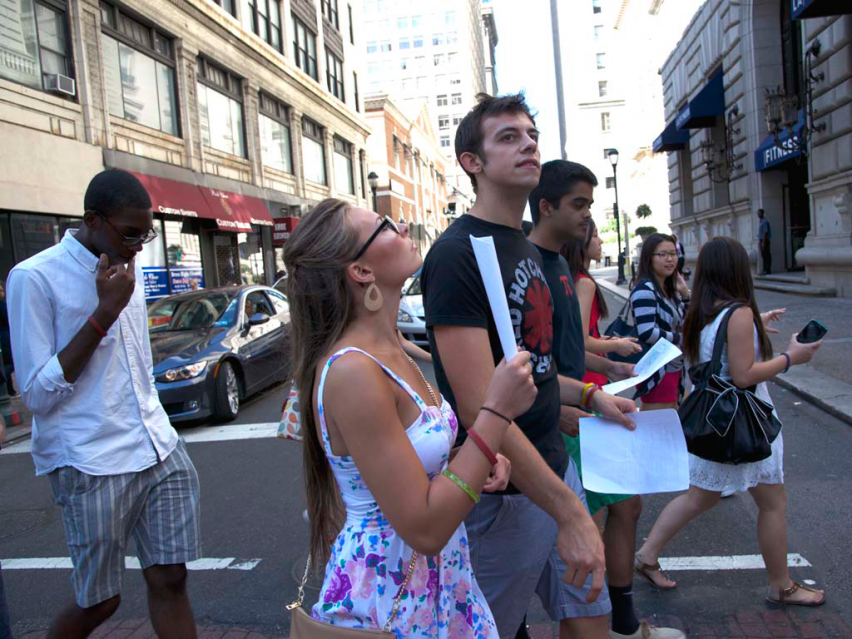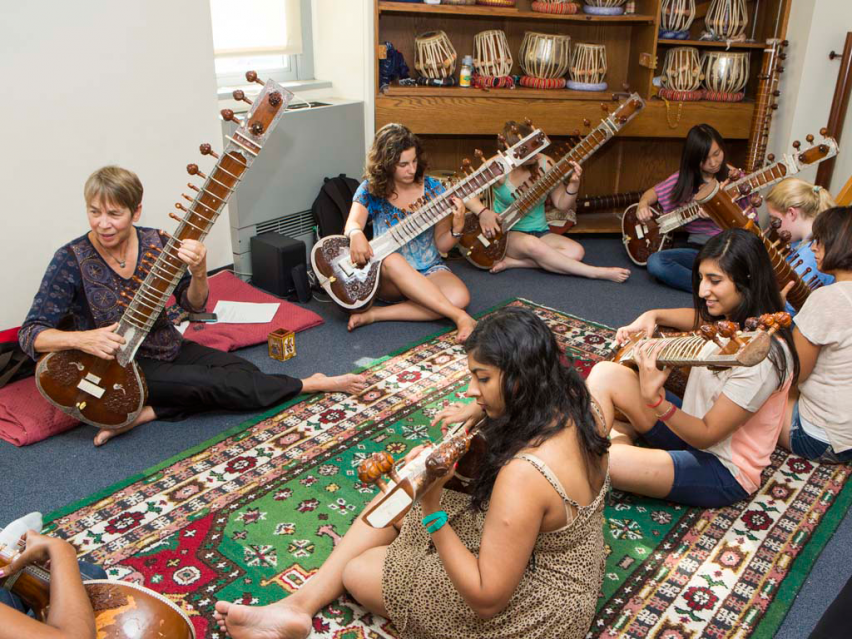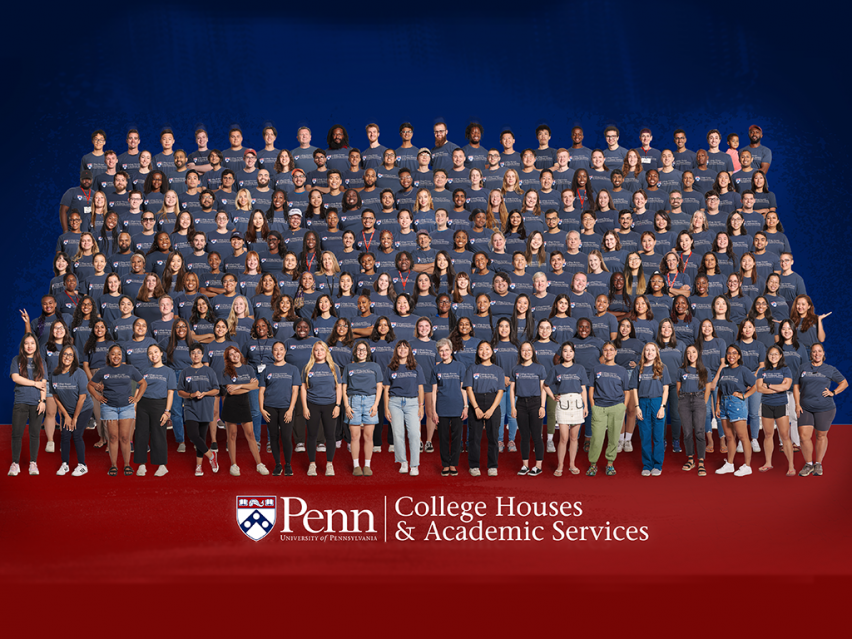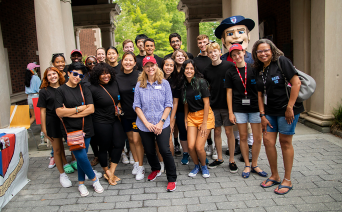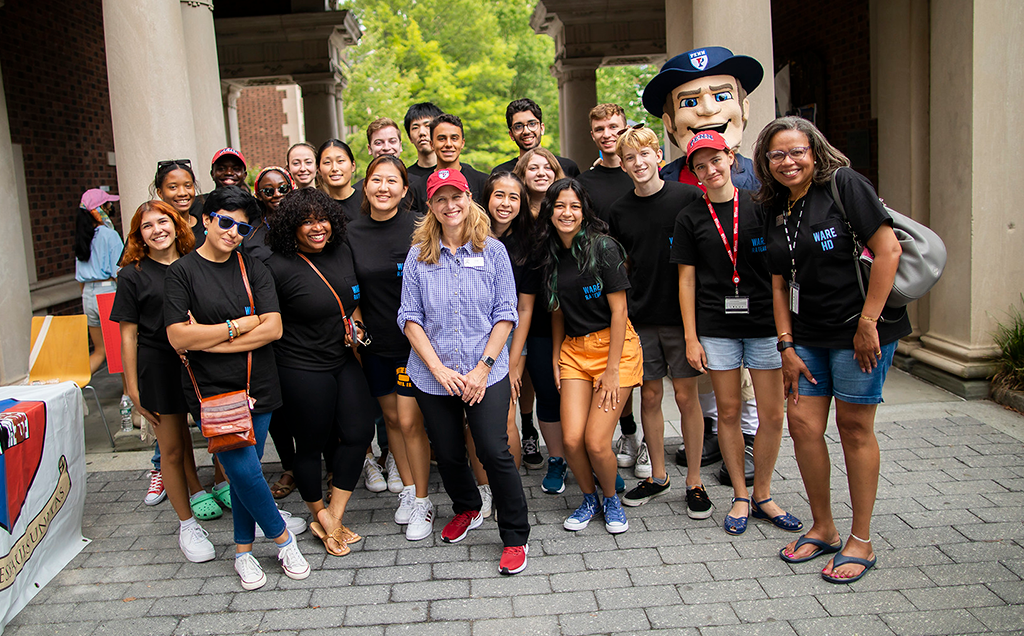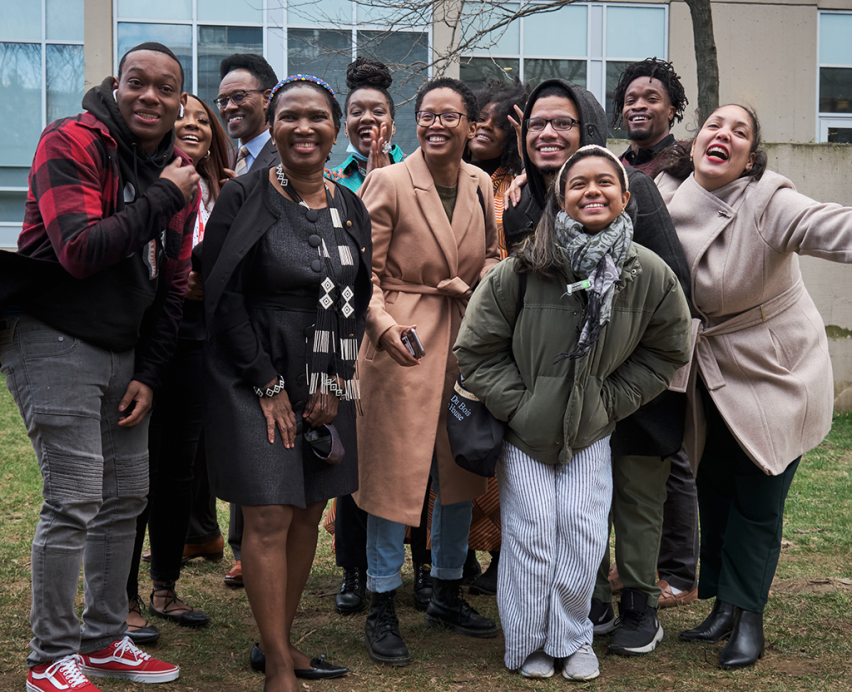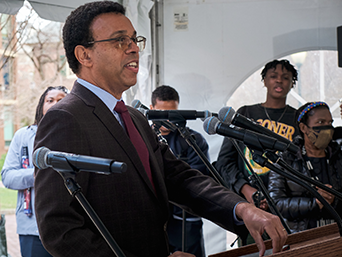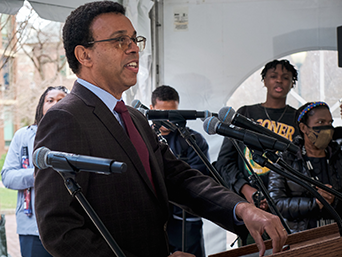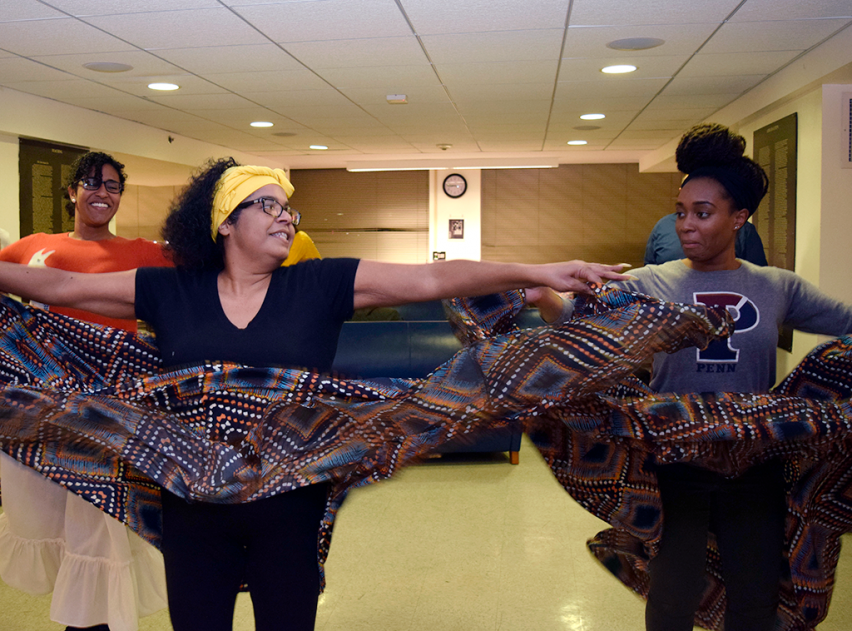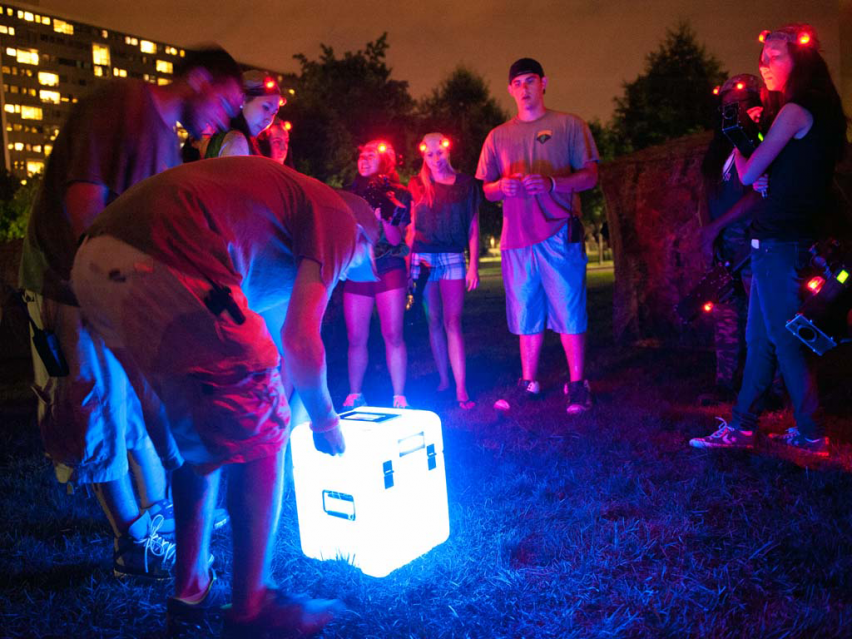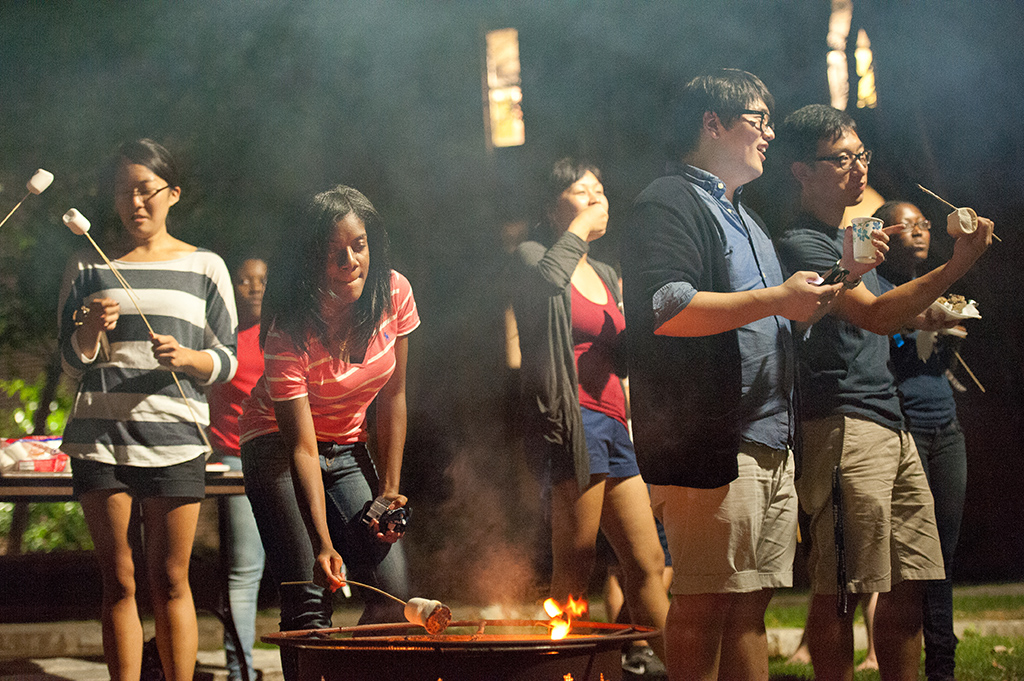Du Bois Faculty Director probes higher ed's history of repair from slavery
Dr. Amalia Daché, W.E.B. Du Bois College House Faculty Director, co-leads Project SHARPE, which studies the role of higher education in the reparations from slavery that have been ongoing since emancipation and abolition. Dr. Daché's researchers will be traveling to speak to students across five different campuses founded prior to the Civil War to learn more about how ways universities are repairing their past misdeeds with intentional campus initiatives to increase knowledge and share information. PennToday has more.
Ware Faculty Director on 'TikTalk'
Prof. Mark Liberman, Faculty Director of Ware College House and Professor of Linguistics, talked to PennToday about the discourse surrounding the way young people talk, in ages past and today on social media. PennToday has the story.
Dr. Jen Ciaccio becomes Executive Director of CHAS
College Houses and Academic Services is pleased to announce the appointment of Dr. Jen Ciaccio to serve as Executive Director of CHAS, as reported in the Daily Pennsylvanian. Dr. Ciaccio, who took over the reins at CHAS beginning February 1, has served as a Senior Director of CHAS since 2022, and takes over the position vacated by Karu Kozuma, who was appointed Vice Provost of University Life in 2023. Congratulations Dr. Ciaccio!


 Search
Search